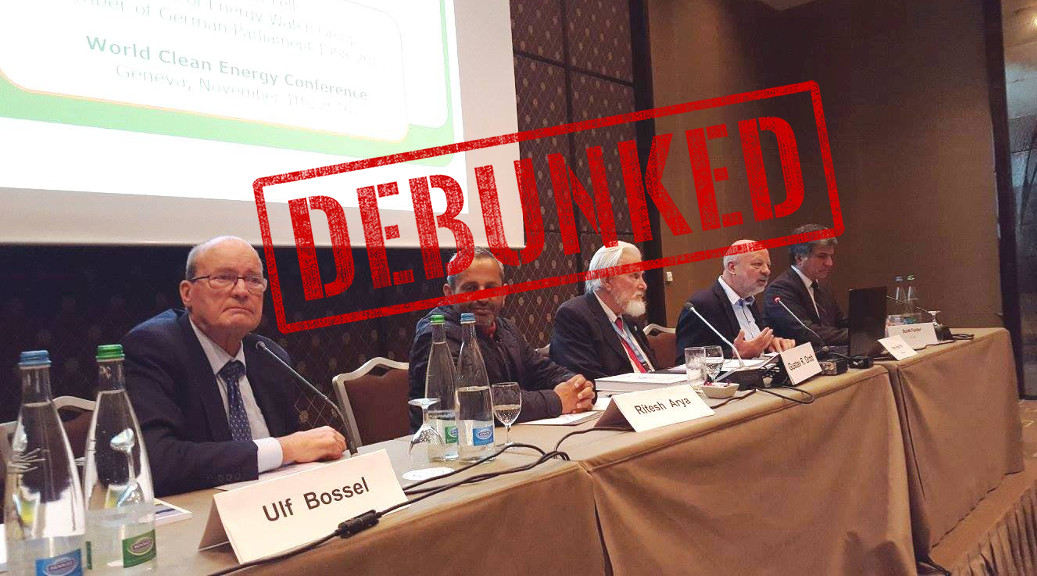Category: Fuel Cells
-
California Hydrogen Draft Solicitation CONCEPTS 2019
On January 23, 2019, the California Energy Commission released a draft document on solicitation concepts for funding of the next round of hydrogen fueling stations. California will be awarding match funding to build out more HRS to hit the magic number of 100 hydrogen refueling stations at which point construction should be self sufficient. In…
-

USA & CANADA QUARTERLY H2 INFRASTRUCTURE UPDATE 2018-Q4
We end 2018 with 3 new hydrogen refueling stations opening in California in the last week of the year. We have 22 stations planned to open in California in 2019. Click through to read about hydrogen infrastructure updates in the USA & Canada in 2018-Q4 and our outlook into 2019.
-

China’s Hydrogen Economy
In this post RMP examines China’s roadmap to a nationwide ramp up of buidling out hydrogen production, refueling infrastructure, and hydrogen fuel cell vehicles. RMP also launches our new Google map of hydrogen refueling stations throughout China.
-

General Motors Defense LLC – Full Size Fuel Cell Pickup Truck – The ZH2
GM Defense LLC was recently launched & the new ZH2 full size pickup truck platform was introduced at AUSA in Washington DC. In this post, RMP takes a look at the new full size fuel cell vehicle & it’s impressive stats. Click through to check out some pictures & a couple cool videos of these…
-

USA & Canada Quarterly H2 Infrastructure Update 2018-Q3
Check out RMP’s latest new post covering hydrogen infrastructure developments occurring over the past three months from June 30, 2018 to September 30, 2018. In this quarter’s report we look at two new public hydrogen stations that opened in Hawaii & Vancouver British Columbia. Click here to read all about how hydrogen fuel cell infrastructure…
-

Quarterly USA H2 Report Becomes Quarterly USA & Canada H2 Report
RMP is based near Detroit, Michigan. The Detroit River separates the City of Detroit & the City of Windsor. The Ambassador Bridge connects the two cities and soon the Gordy Howe International Bridge, a once in a generation undertaking, will be a second major bridge connecting the two cities. Windsor is my personal connection to…
-

USA Quarterly H2 Infrastructure Update 2018-Q2
H2 infrastructure is growing all across the USA and especially in California. New H2 stations are planned all across the East Coast too. RMP will now regularly be publishing a quarterly update of H2 infrastructure all across the USA to keep our readers informed of what’s going on. Check out our USA H2 Infrastructure Quarterly…
-

USA Quarterly H2 Infrastructure Update 2018-Q1
H2 infrastructure is growing all across the USA and especially in California. New H2 stations are planned all across the East Coast too. RMP will now regularly be publishing a quarterly update of H2 infrastructure all across the USA to keep our readers informed of what’s going on. Check out our first ever USA H2…
-

December 2017 – USA Public H2 Fueling Station Update
RMP will be publishing regular updates of our public hydrogen infrastructure map and data starting with this very post. Want to know what’s new with H2 infrastructure? Want to see the exact location of every public & private FCEV fueling location in America? Click through to read this post and check out RMP’s map.
-

Debunking Dr. Bossel’s Anti-Hydrogen Thesis
In this post RMP debunks Dr. Ulf Bossel’s anti-hydrogen thesis that has been propagated for years and was even published as recent as October 26, 2017 by Electrek. Dr. Bossel’s thesis says that making hydrogen is wasteful but ironically terawatt hours of electricity are being curtailed or wasted because we are not using that energy…